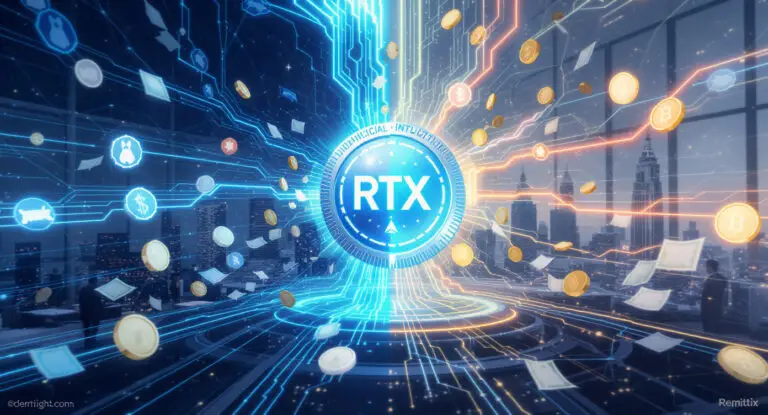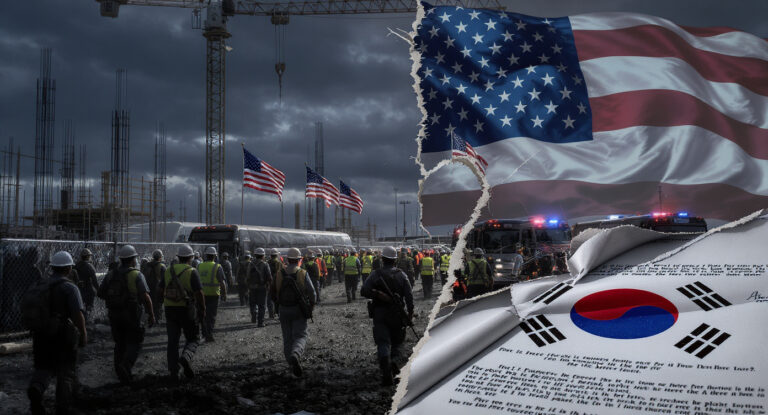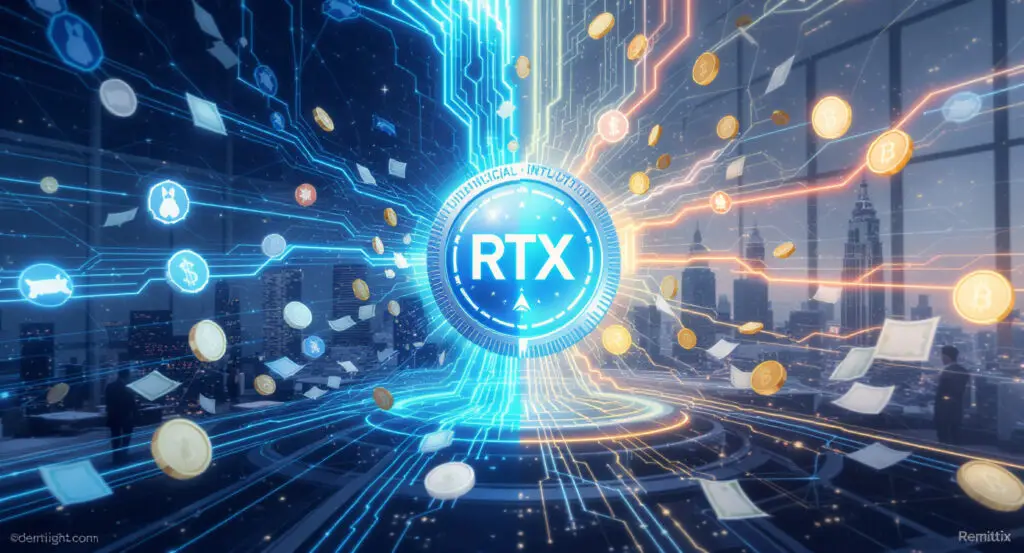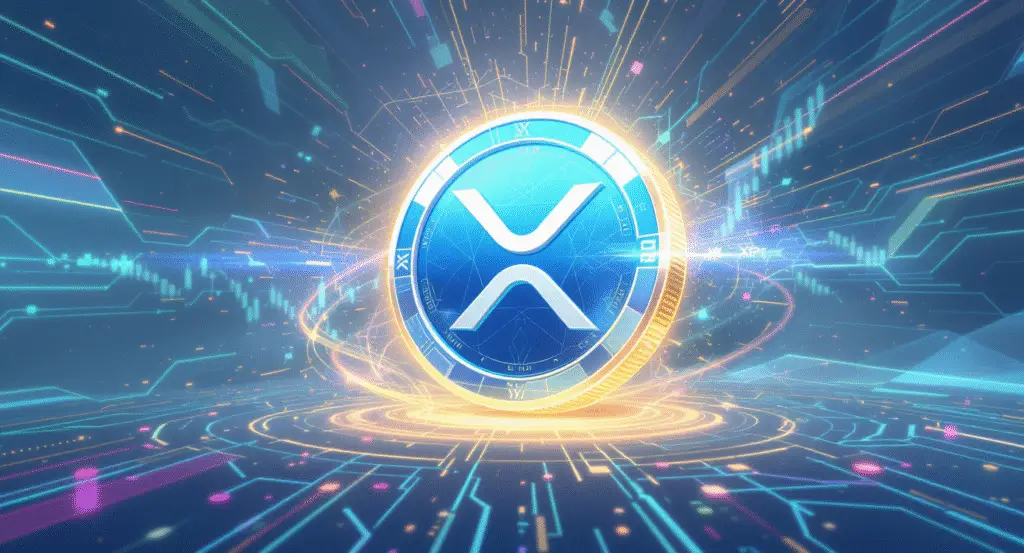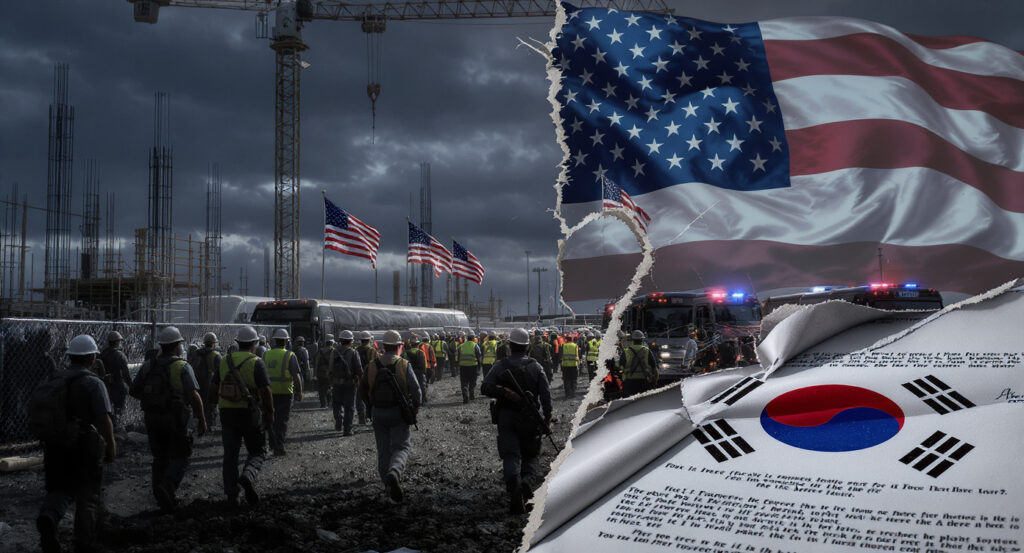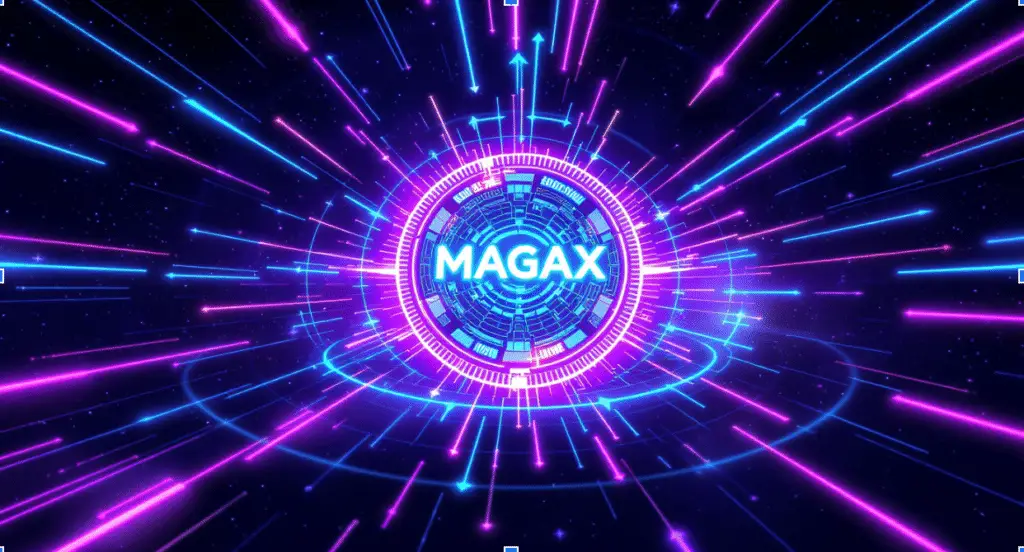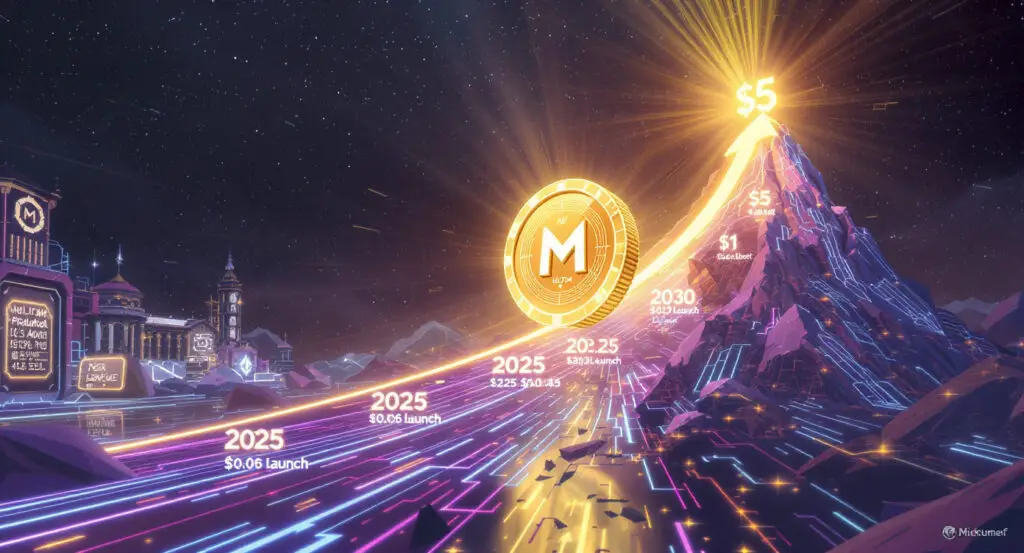Tesla’s EV Legacy and Market Shift
Tesla revolutionized the electric vehicle industry with models like the Model Y, which became the world’s best-selling car. Despite strong sales, Tesla has released no new mass-market EV in five years. The company continues to earn most of its revenue from cars, but Elon Musk is signaling a major pivot.
Musk has made clear that Tesla’s future lies not in cars but in artificial intelligence and robotics. This shift has sparked debates about whether Tesla can maintain its leadership in EVs while chasing futuristic ambitions.
Master Plan IV Moves Beyond Cars
Tesla’s recently unveiled Master Plan IV does not include new EVs. Instead, it envisions a future dominated by humanoid robots and robotaxis. The document describes a utopia of “sustainable abundance” where Tesla’s AI-powered machines take over human tasks.
Unlike prior master plans that charted Tesla’s EV roadmap, the latest version focuses almost entirely on AI. Cars are mentioned only in the context of autonomous fleets and energy storage, signaling Musk’s growing disinterest in traditional carmaking.
Musk’s Billion-Dollar AI Bet
Tesla’s board has proposed a pay package that could make Musk a trillionaire if targets for deploying robots and robotaxis are met. This aligns financial incentives with Musk’s vision of Tesla as an AI and robotics leader.
However, Tesla faces stiff competition. Google’s Waymo already operates driverless taxis in multiple cities, while Tesla’s robotaxi service is limited to Austin and San Francisco. Meanwhile, the humanoid “Optimus” robot remains unproven and plagued by delays.
Recommended Article: UK Corporate Giving Study Findings and What They Mean
Risks of Abandoning Affordable EVs
Musk has dismissed the idea of building a $25,000 mass-market EV unless it is fully autonomous. This stance sidelines opportunities to expand Tesla’s reach and profitability through affordable vehicles.
Tesla’s reluctance to release new EVs could cost it market share. Chinese automakers and legacy brands like Volkswagen and Ford are ramping up EV production, threatening Tesla’s once-dominant position.
Political and Market Pressures
Tesla’s sales have slipped globally, partly due to Musk’s polarizing politics and partly due to fierce competition. Under President Trump, incentives for EVs are being rolled back, weakening demand in the U.S. Without new EV models, Tesla risks losing ground in its strongest markets.
The retreat from cars also raises environmental concerns. Tesla inspired the industry to pursue EVs aggressively, but if it exits the market, other automakers may scale back, slowing progress toward lower emissions.
The Promise and Perils of AI Focus
The vision of Tesla as an AI-first company is bold but risky. Self-driving technology has faced delays, and promised features like “passive income” from autonomous cars have not materialized. Robotaxis remain a work in progress, with safety and regulatory hurdles still unresolved.
Robotics adds another layer of uncertainty. While Musk pitches Tesla’s humanoid robots as revolutionary, they face stiff competition and technological challenges. Execution will determine whether these projects succeed or fail.
Tesla at a Crossroads
Tesla’s pivot from cars to AI, robots, and robotaxis marks a turning point. While Musk envisions a trillion-dollar future, the company risks abandoning its proven strength in EVs.
If the master plan succeeds, Tesla could redefine itself as a tech conglomerate at the forefront of AI. If it fails, the company may lose its hard-won EV leadership, leaving both the industry and consumers worse off.


